People
‘It Begins With an Emotional Reaction to the Work’: Rosa Park on Pivoting From Magazine Publishing to the Gallery World
After 10 years of 'Cereal', she opened spaces in Bath and Los Angeles.
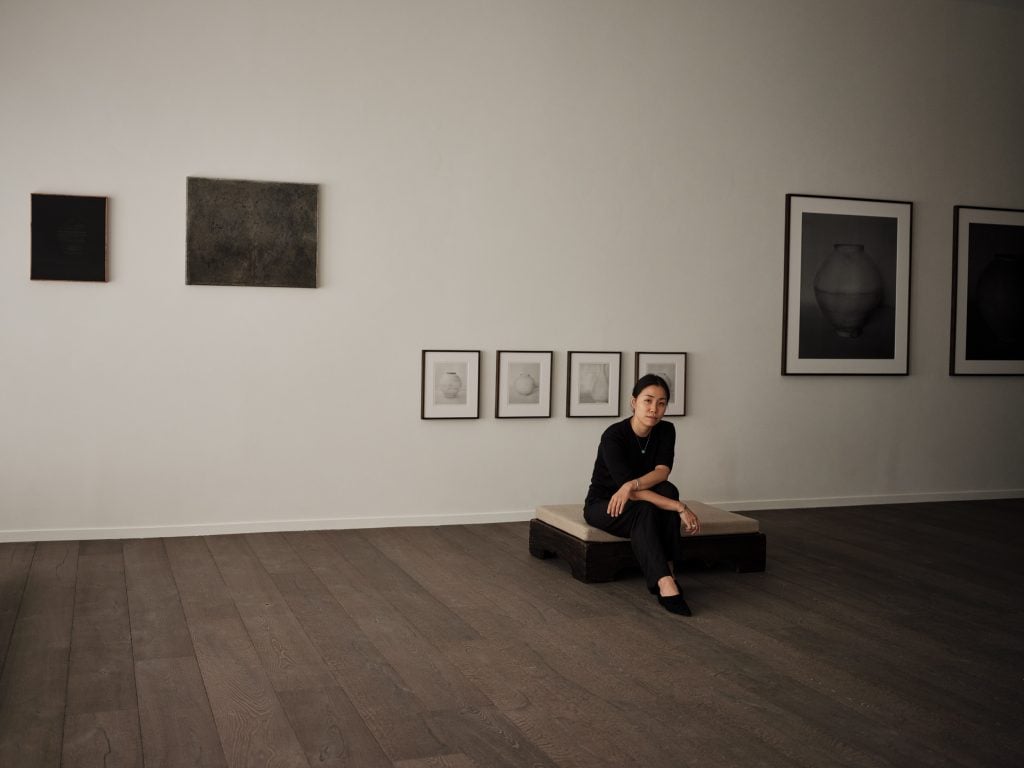
After 10 years of 'Cereal', she opened spaces in Bath and Los Angeles.

Jessica Ritz

Francis Gallery founder Rosa Park has taken an unconventional path to becoming a gallerist, which makes sense in the rear-view mirror. Korean-born and Canadian-raised, she developed the influential arts and culture publication Cereal with her husband, the photographer Rich Stapleton, in 2012, with an outlook that was targeted at multidisciplinary creatives
Relaunching the Cereal website as a digital content archive marks a time of reflection, at a point when Park is now focused on navigating the complexities of running an art gallery with two spaces on opposite sides of the world. It features a diverse international roster, with an original space in the British city of Bath, and a new L.A. venture that has just celebrated its first anniversary.
“Cereal is the thing that started at all,” she explains, while sitting within a freestanding curved niche in her West Hollywood gallery. “It was my profound ten-year art education, because I didn’t study it in school. I never worked in an art gallery. I interviewed artists, curators, worked with institutions and museums—that was my education.”
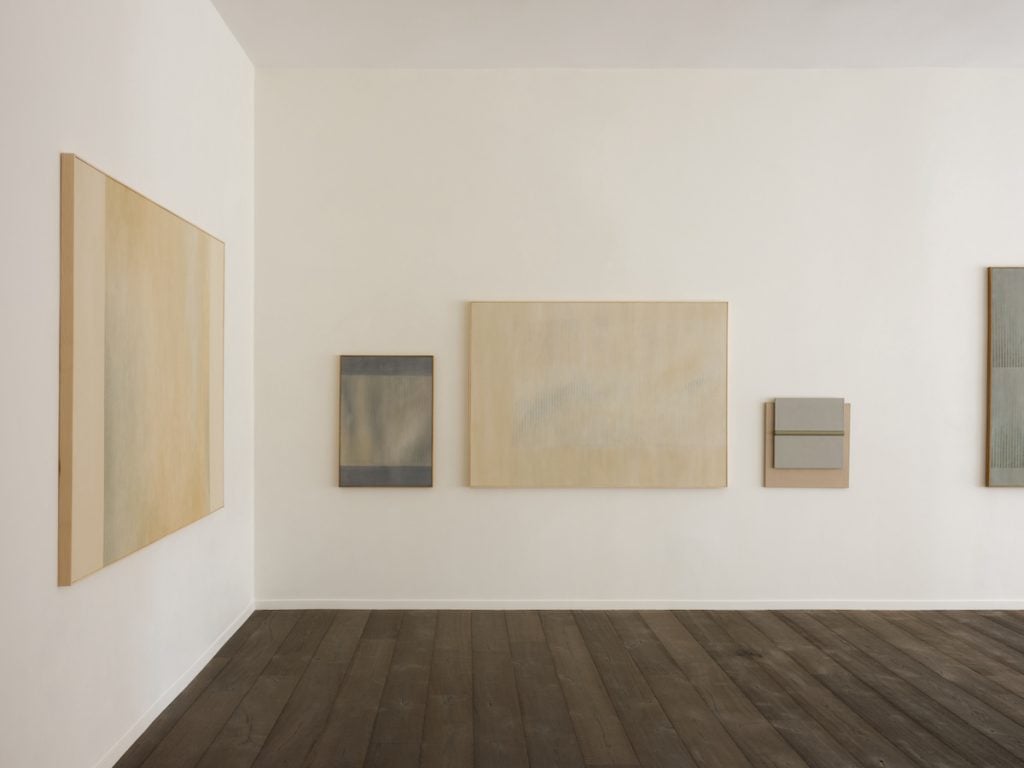
Installation view of “Light Spilling in Through a Window,” 2023. Courtesy of Francis Gallery, L.A. Photography by Elizabeth Carababas.
After earning her B.A. from Boston University and moving to England to pursue graduate studies at the University of Bristol, Park wound up in Bath. Years of nurturing her relationships with artists, as well as building her own creative acumen that attracted the trust and attention of others, evolved into the gallery’s first location in 2018. Then in 2021, she and Stapleton upped sticks and moved to L.A. For the couple, who have a toddler, choosing the city was an admixture of studied strategy and whim, given that they didn’t have any pressing need to relocate. But again, Park was unwittingly tapping into the zeitgeist.
“I actually had no idea that so many galleries were opening”, she recalls, of the period that loosely coincided with blue chip operations setting their sights on the L.A. “It was the pandemic. I was in a bubble, and I landed here and then I looked up and realized, ‘Okay, this is happening’.” The group exhibition “Morning Calm” featuring work by Bo Kim, Koo Bohnchang, Rahee Yoon, Nancy Kwon, John Zabawa, and Song Jaeho, inaugurated the new gallery in October 2022.
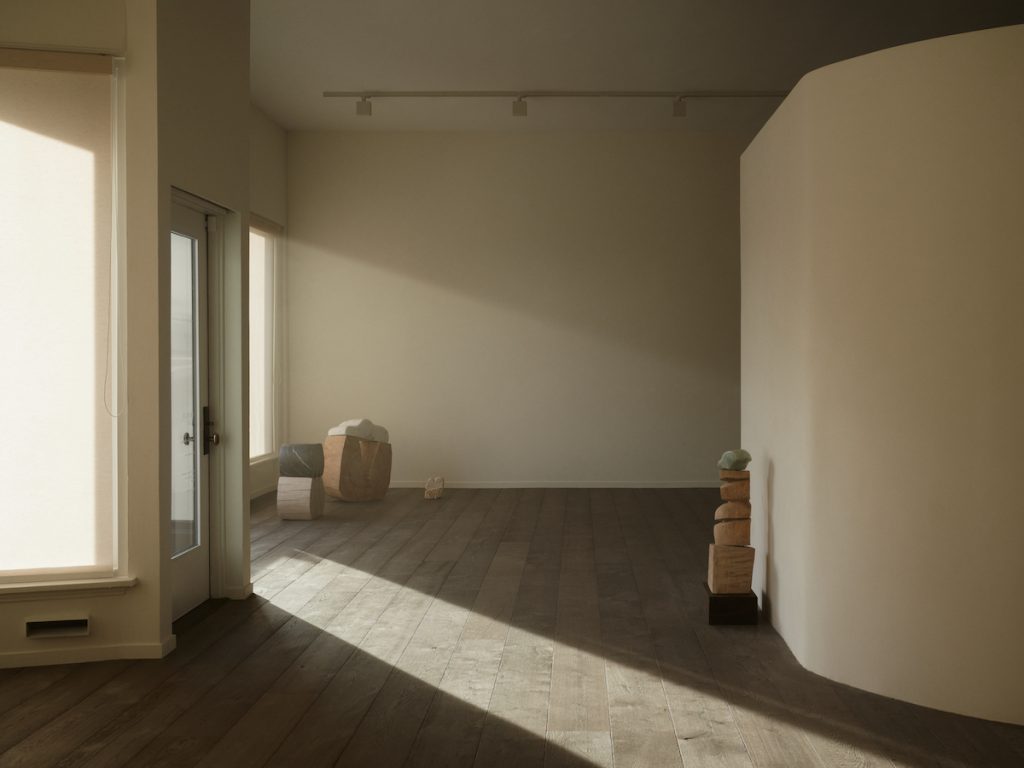
Installation view of “Nadia Yaron: For the Flowers and the Clouds and the Wind and the Trees,” 2023. Courtesy of Francis Gallery, L.A. Photography by Elizabeth Carababas.
The transformed physical space was designed in collaboration with Lindsey Chan and Jerome Byron, of the firm BC. Its position on Melrose Avenue belies Park’s relative newcomer status in town. She chose a savvy location, even if it is not where other contemporary art enterprises tend to cluster. Nevertheless, seminal print shop Gemini G.E.L. (housed in its Frank Gehry-designed complex), stands on the next block. Rudolph Schindler’spioneering century-old, ongoing architectural experiment operated by the MAK Center for Art and Architecture, is also a quick stroll north.
The L.A. iteration of Francis is in direct contrast to the residential context of the Bath gallery, which is located in a Georgian townhouse. “This was not a domestic space, so I did whatever I could to bring it closer to that paradigm,” Park says. “I hang it more with the mindset that this is meant to be a retail gallery space. So, how do I stay true to that, while still bringing in elements to make it feel closer to home ?” she notes, gesturing to quiet paintings by Liam Stevens and geometrically taut, restrained sculptures and multimedia works by Sarah Kaye Rodden.
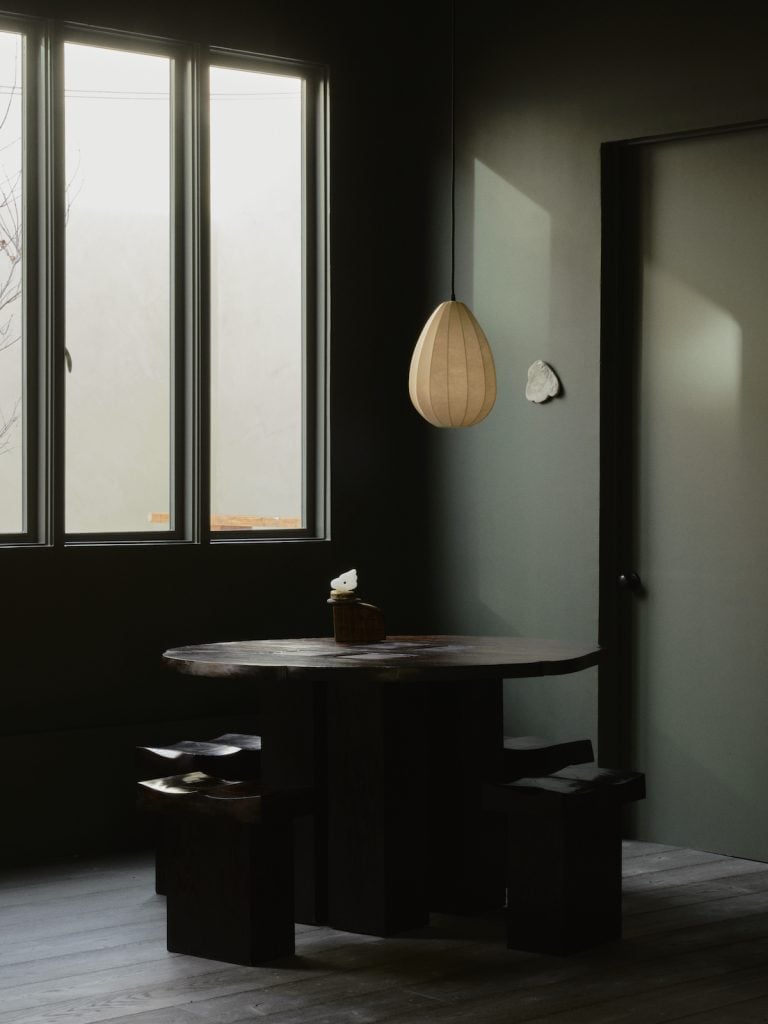
Installation view of “Nadia Yaron: For the Flowers and the Clouds and the Wind and the Trees,” 2023. Courtesy of Francis Gallery, L.A. Photography by Elizabeth Carababas.
For this recent show, entitled “Light Spilling in through a Window” Park tapped the two artists (who did not know each other despite their shared London location) to create works inspired by a selected snippet of a well-known work of art. Now, she is showing “Illuminations”, a new body of work by Zabawa (until 22 November) that treads a fresh path towards abstraction.
Given that Park describes her process of selecting and curating artists as beginning with “an emotional reaction to the work, first and foremost,” she has created a space that is simultaneously personal and adaptable to others’ expressions. Walls are coated in warm white lime wash plaster from Portola Paints that required repeated attempts to conduct light in just the right way.
This exercise was yet another crash course in the nuances of Park’s new home. “California sun is so intense that it messes with color in a way I’m not used to,” she says. “England is soft gray light, so you can control and predict it.” Wide plank floors from Maderaalready appear lived in and primed to age, and the embedded brass street numbers in the doorway threshold will remain for future occupants.
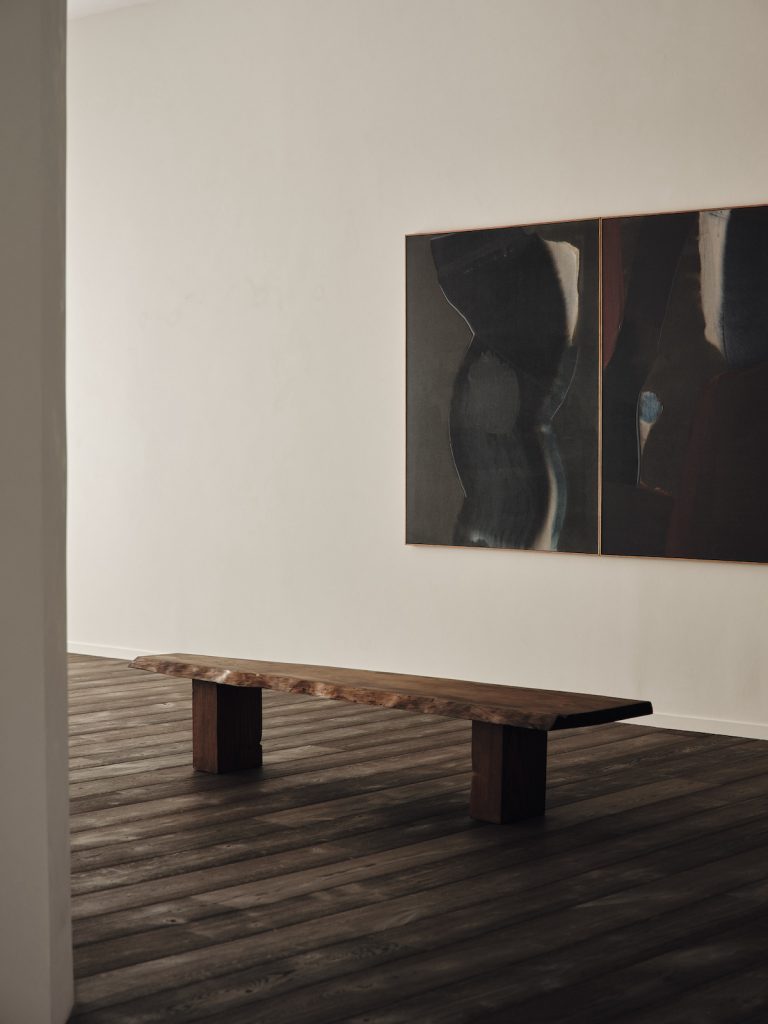
Installation view of Jean-Baptiste Besançon’s solo show “Cadre,” 2023. Courtesy of at Francis Gallery, L.A. Photography by Rich Stapleton
The area at the back of the gallery is swathed in a deep green that in certain conditions reads as brown or almost black. A sculptural round wooden table and chair set from artist and designer Minjae Kim, around which Park’s team and clients can meet, anchors the room. A doorway leads to a courtyard inspired by Korean landscape design, where a wispy maple tree stands surrounded by hardscape ground cover and low benches. The contemplative space feels both contained and expansive. A piece by sculptor Nadia Yaron, whose first solo show was mounted by Francis Gallery earlier this year, adds another organic, earthy element.
“There’s nothing overtly Korean, yet for me it is,” Park observes. Some might describe the aesthetic as minimalist if viewed within a Western framework, even though it has far more decorative considerations than most white box galleries. She points to her East Asian heritage, which leans “minimalist by default,”. As she explains, “If you walk into a ryokan, if you walk into a hanok, I don’t even think Korean and Japanese people back in the day knew what ‘minimalist’ meant.”
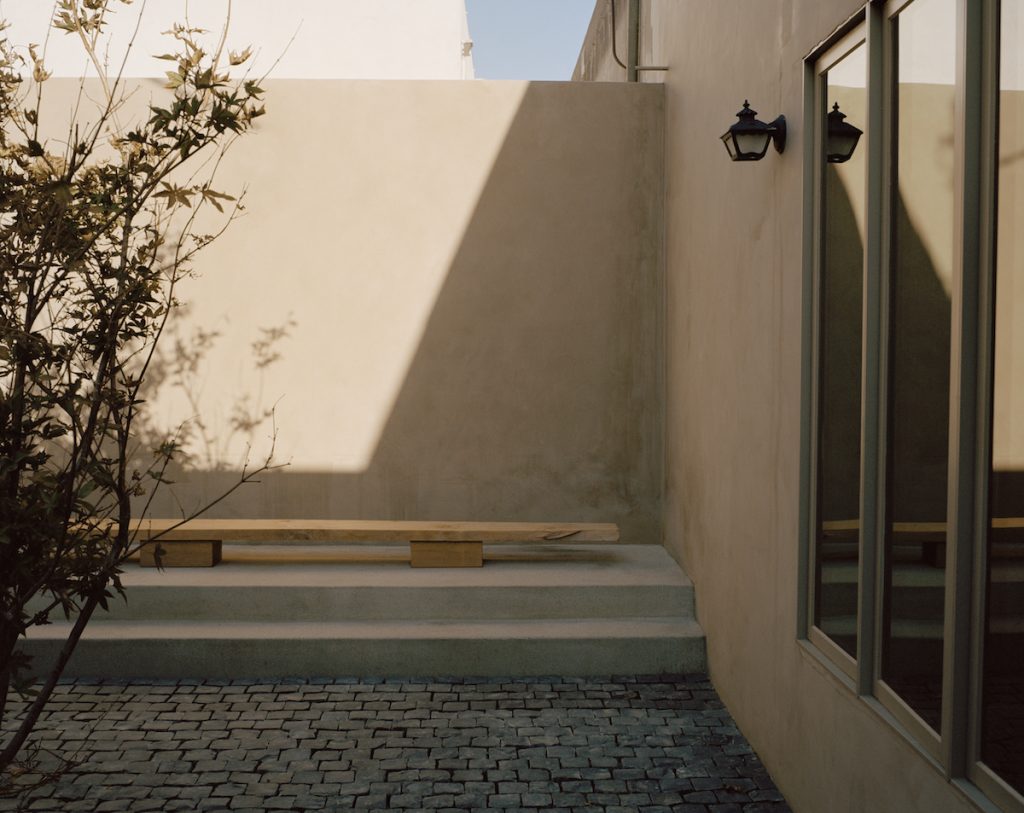
The garden at Francis Gallery, L.A. Photography by Rich Stapleton
Park merges history and place along with her own distinct sensibility. She is also adept at the balancing act of being an insider and an outsider. Southern California plays to these strengths, too. “There’s a marked difference between Bath and L.A. I thought about that profoundly,” she states. The second iteration of Francis Gallery conceivably could have taken shape in just about any major city, but “whether it’s accurate or not, L.A. still presents a sense of possibility. When you speak to people about the city, there’s a romance,” she says. “I’m glad that we opened here. It’s giving us all the right challenges—whether we want that or not.”
More Trending Stories:
Four ‘Excellently Preserved’ Ancient Roman Swords Have Been Found in the Judean Desert